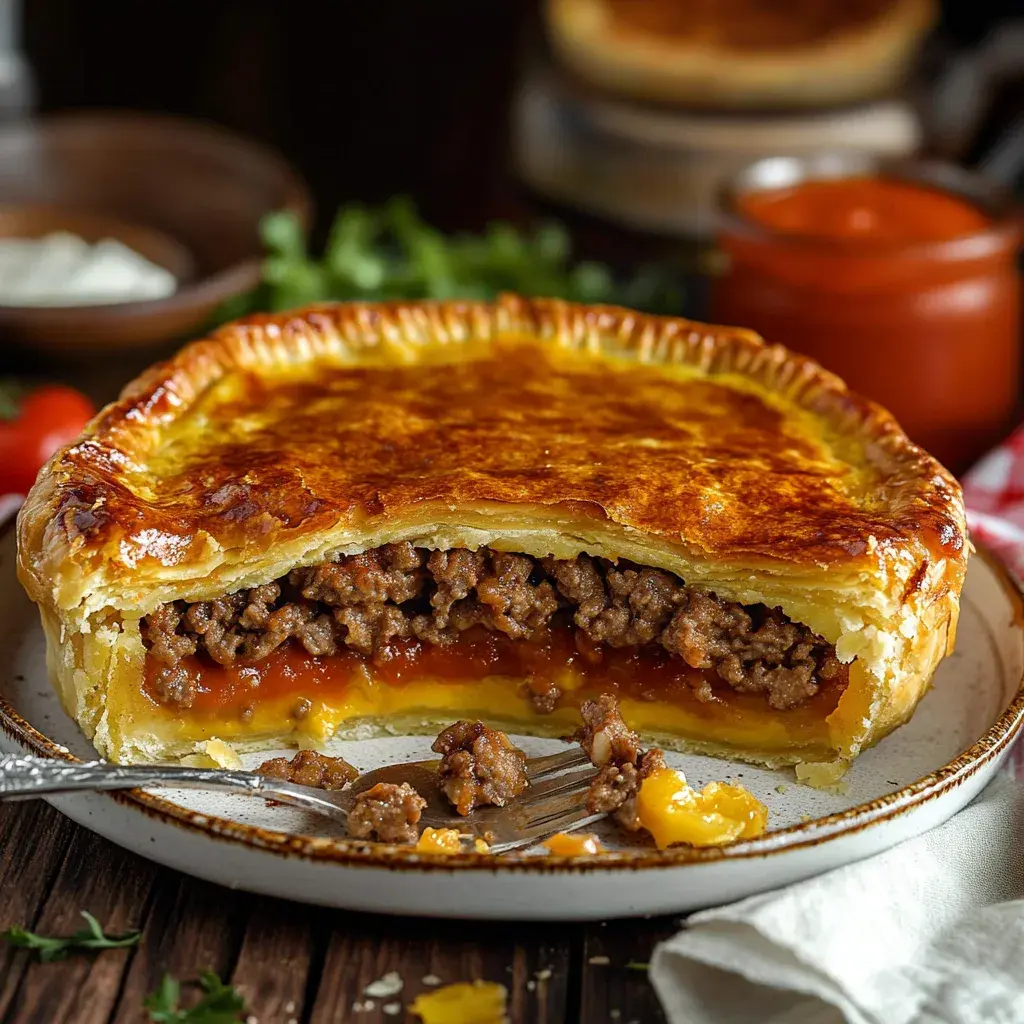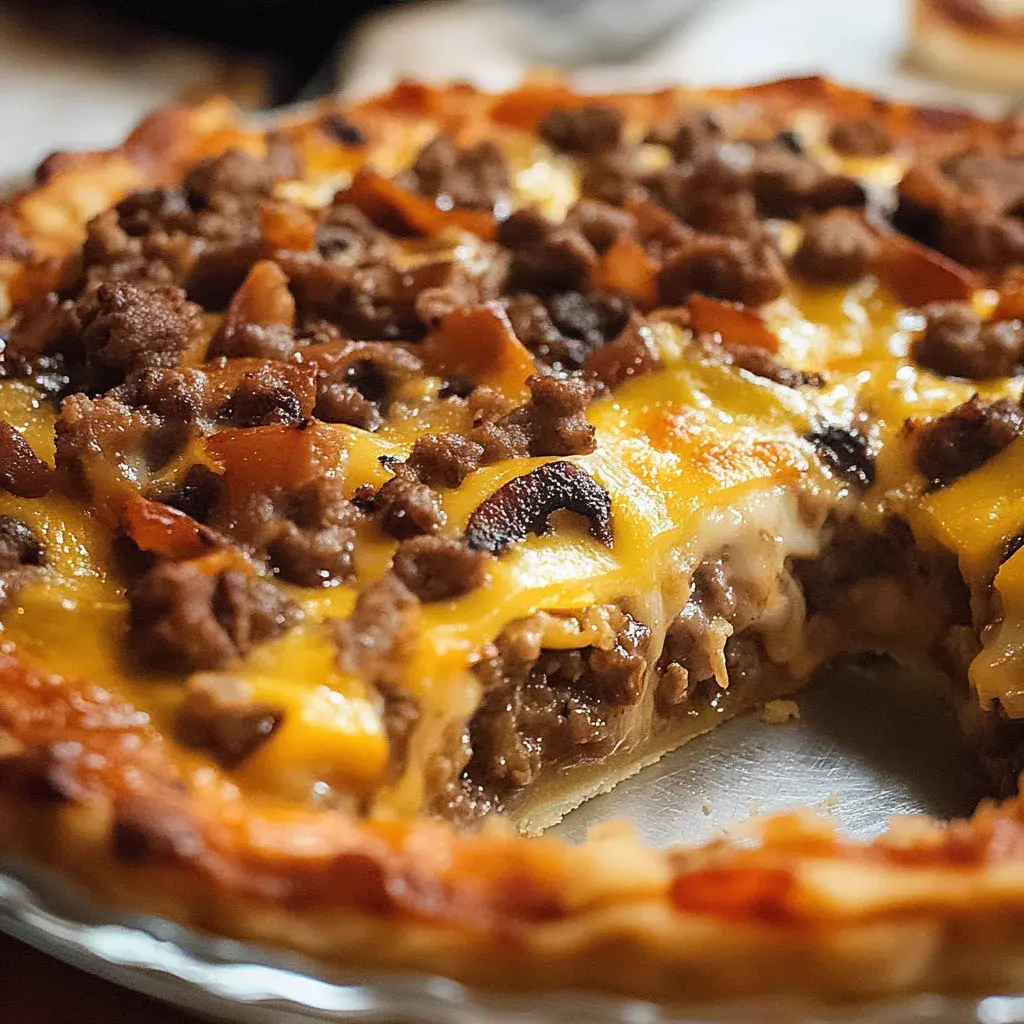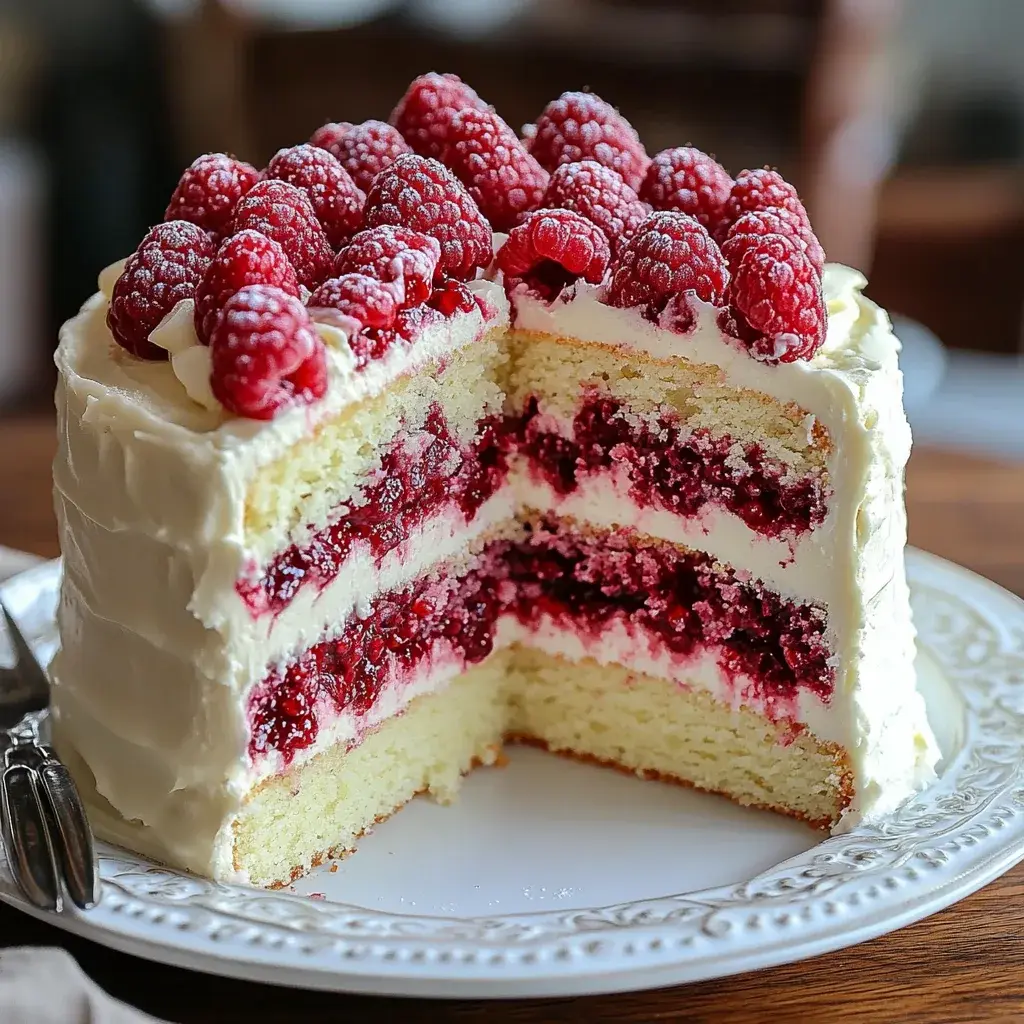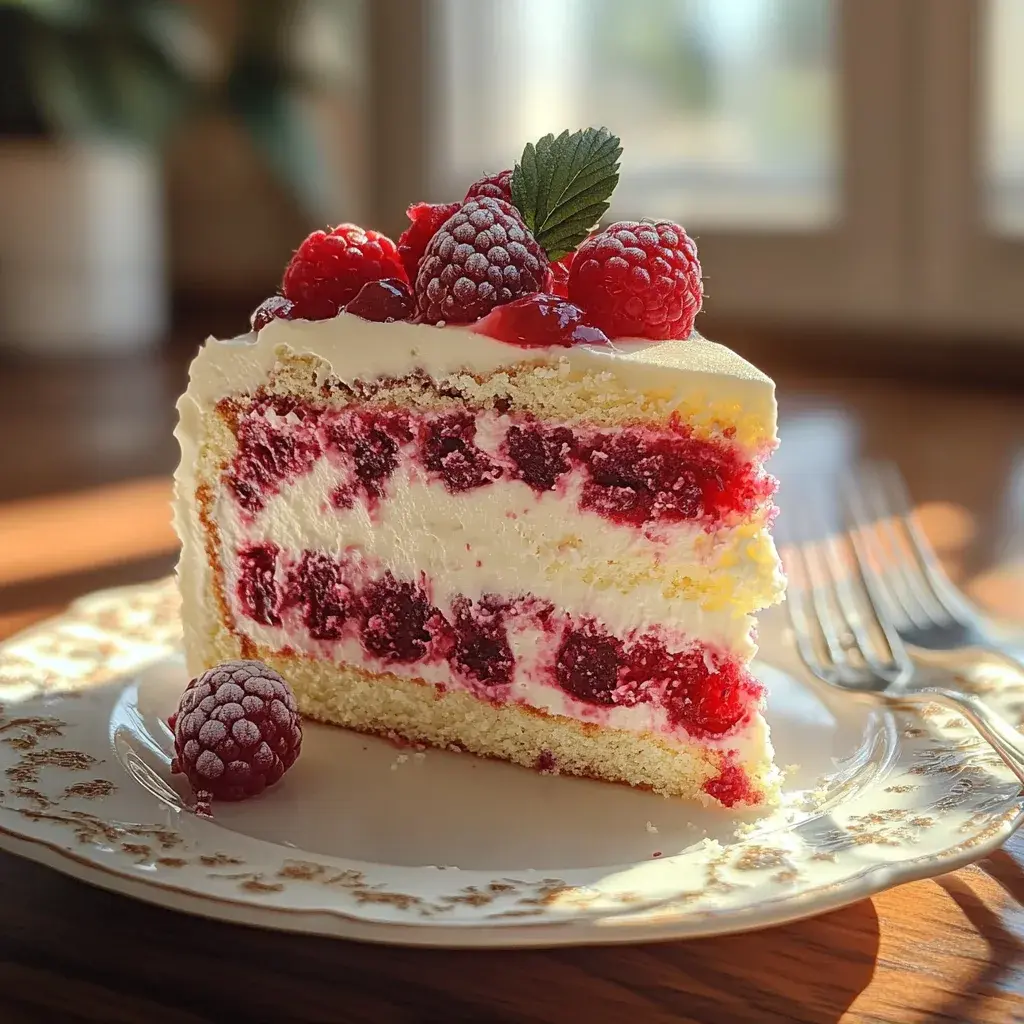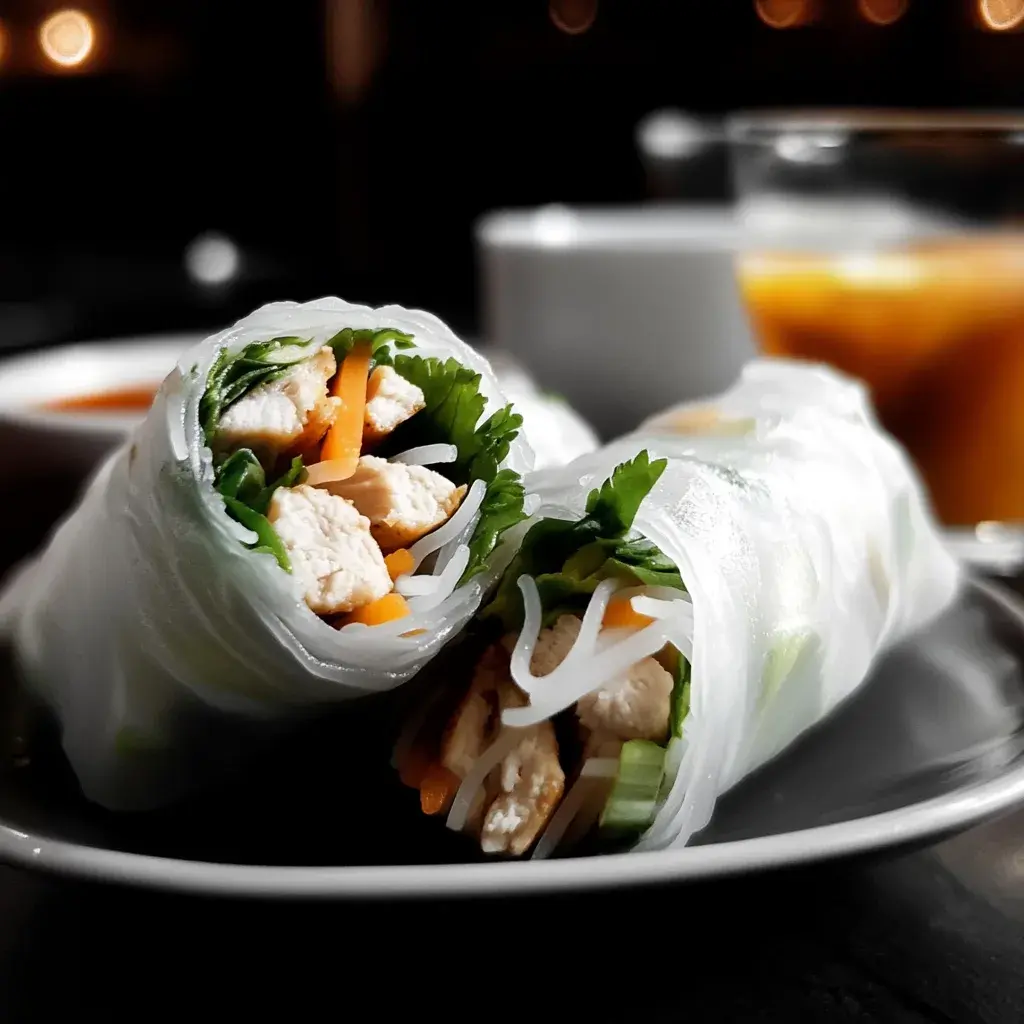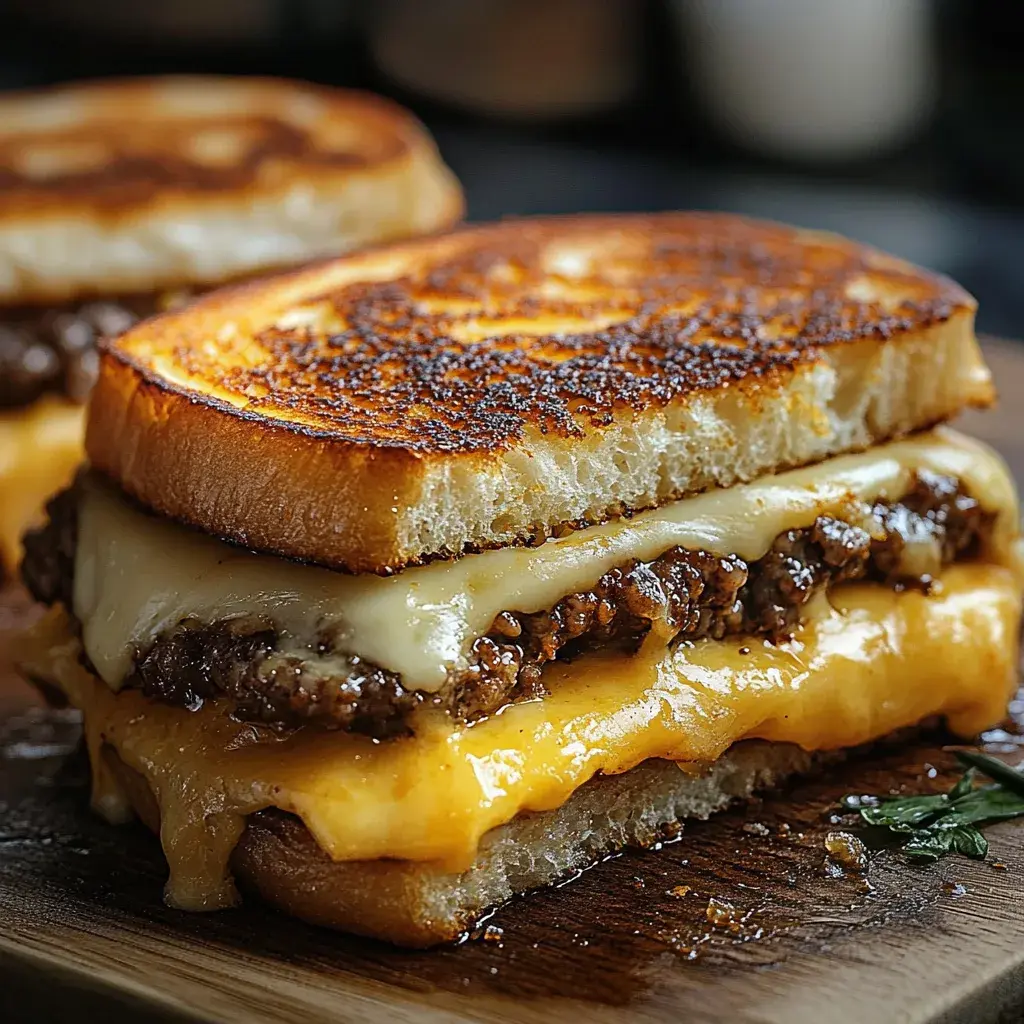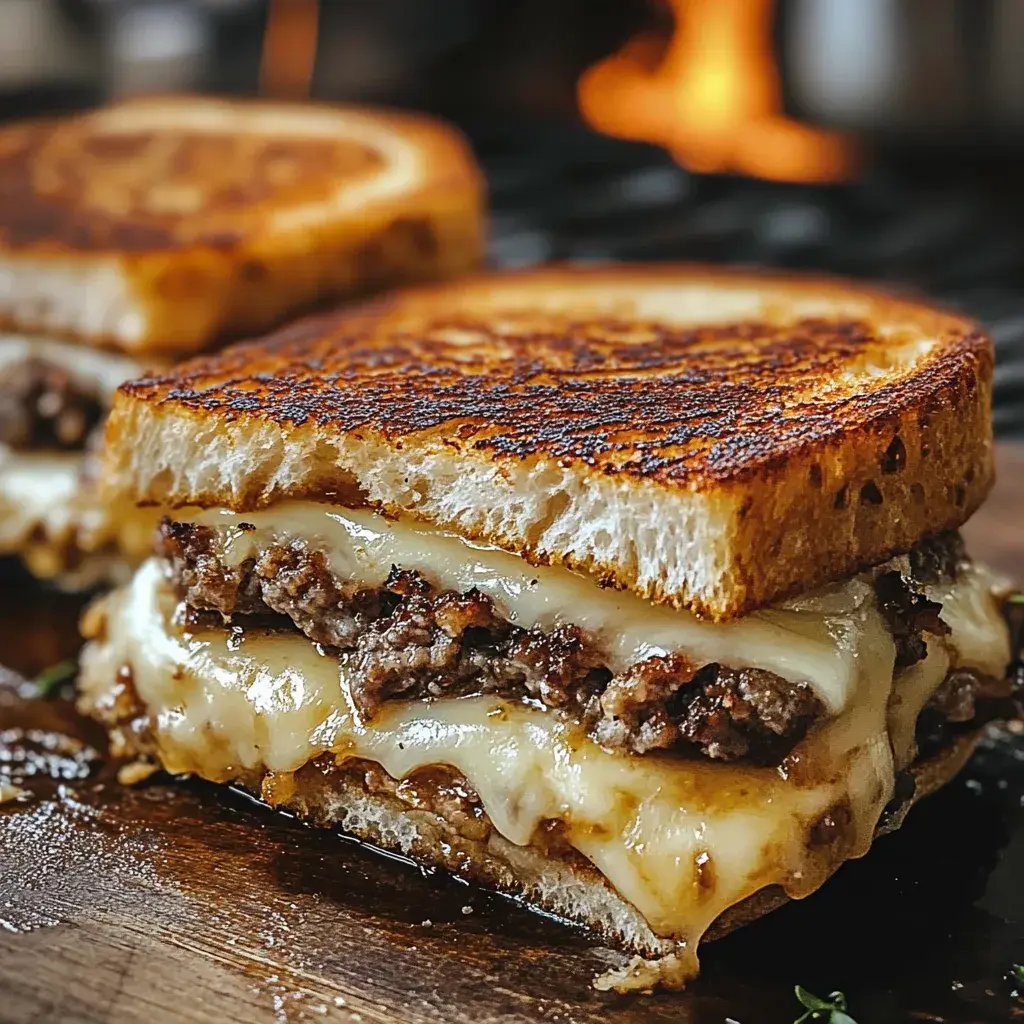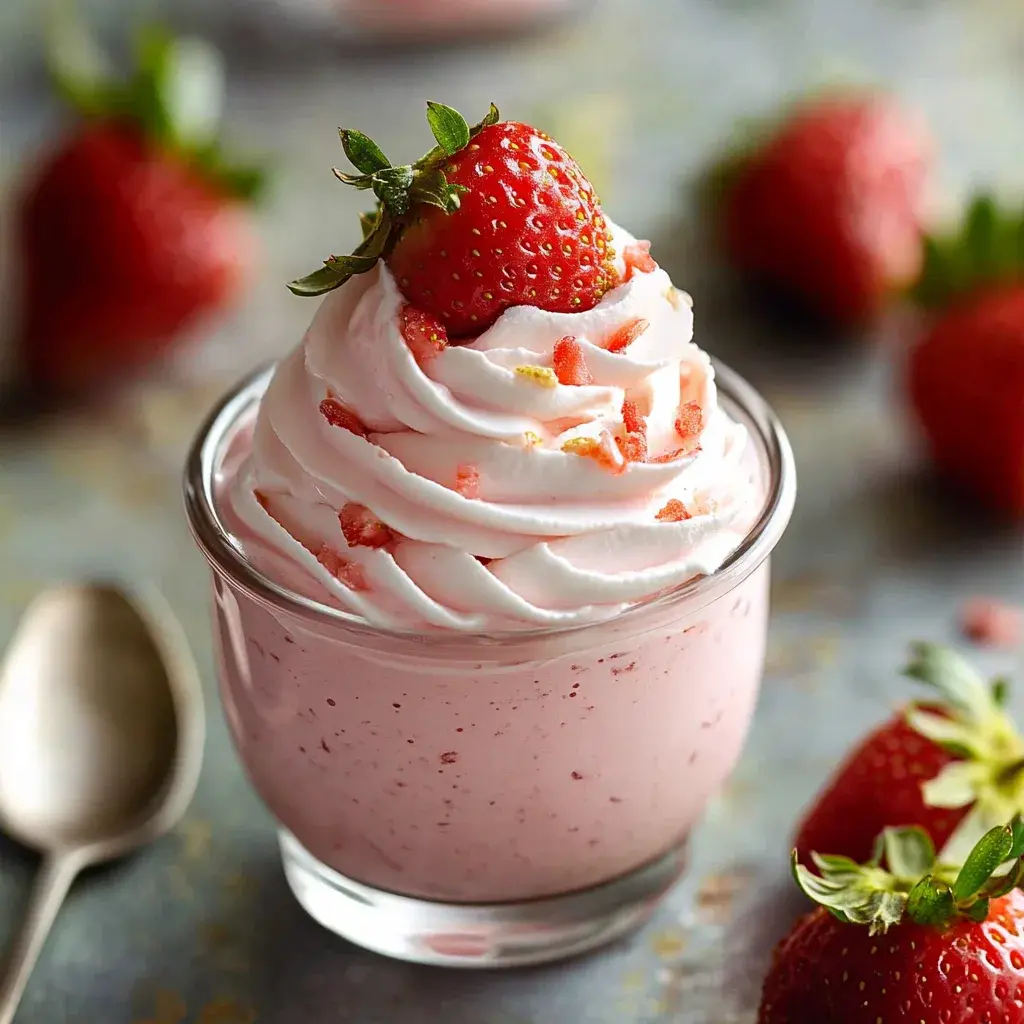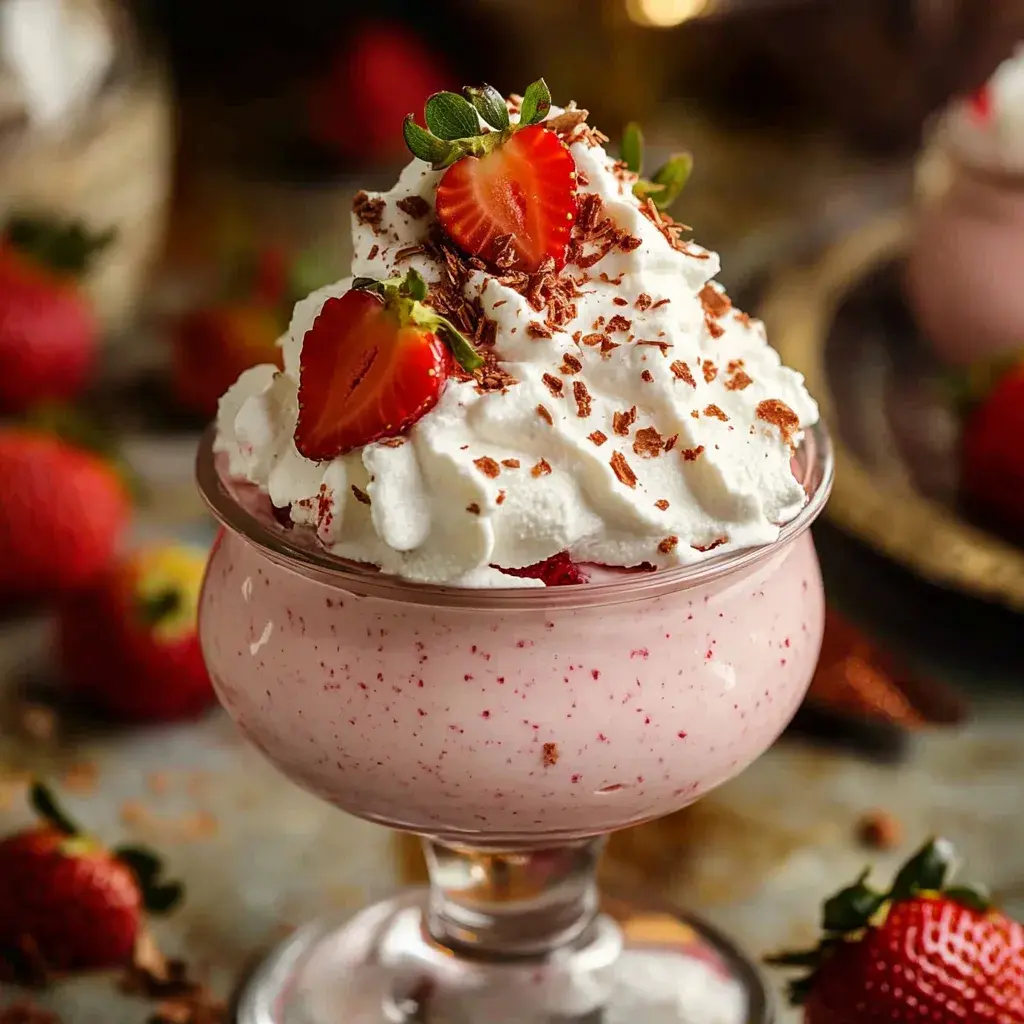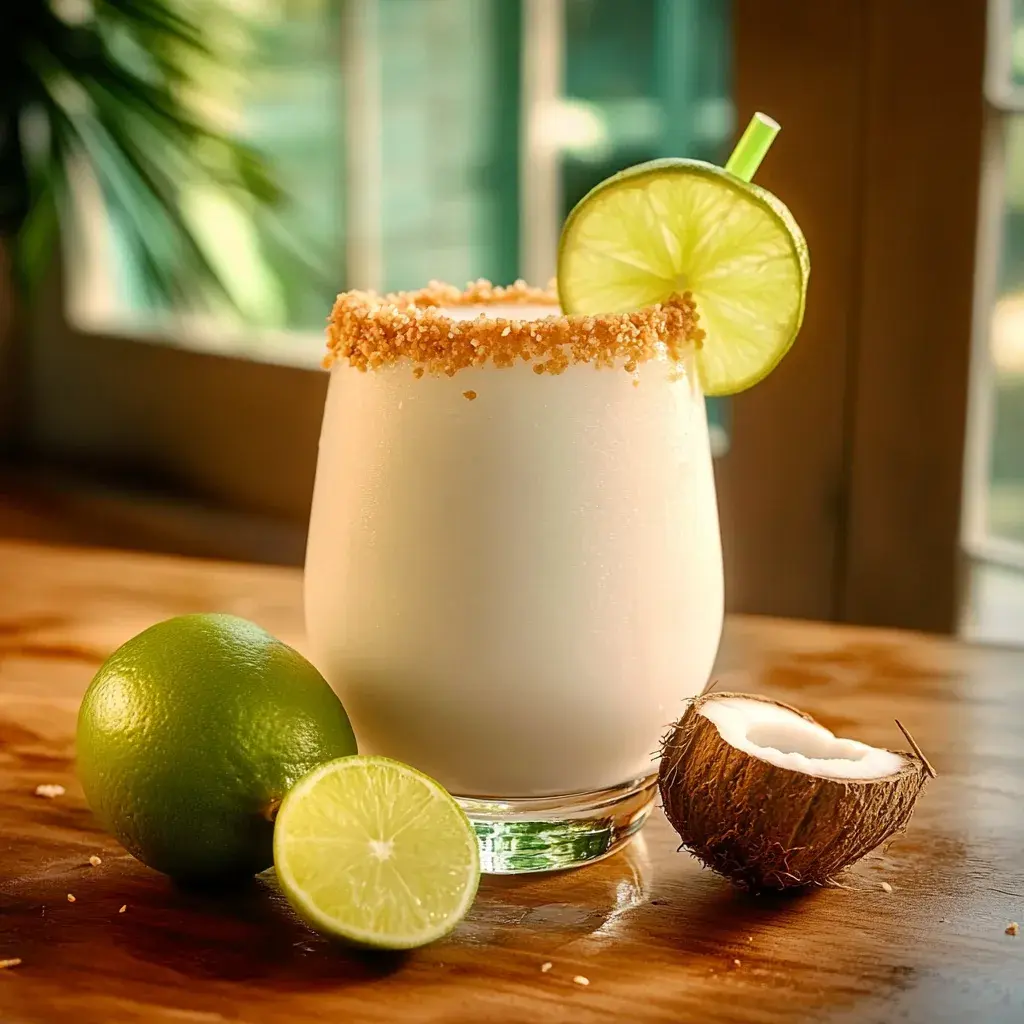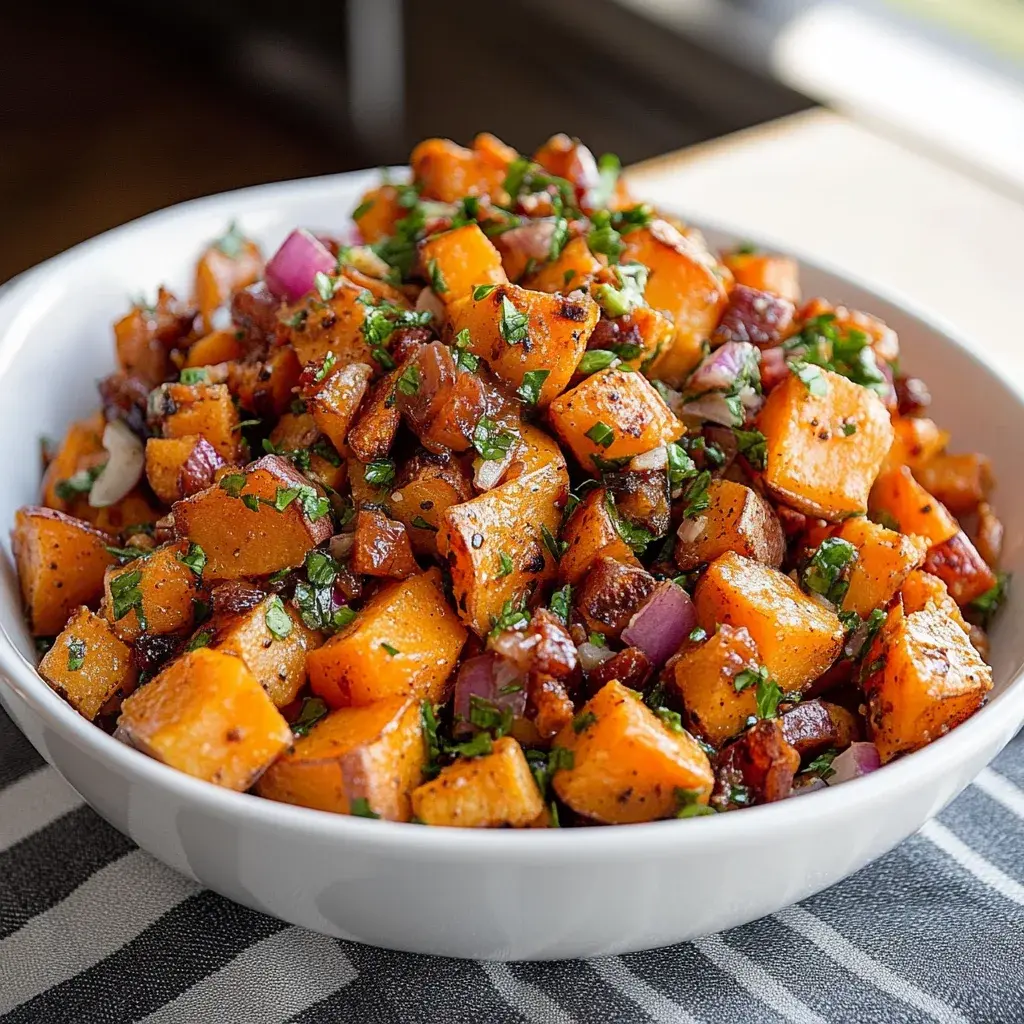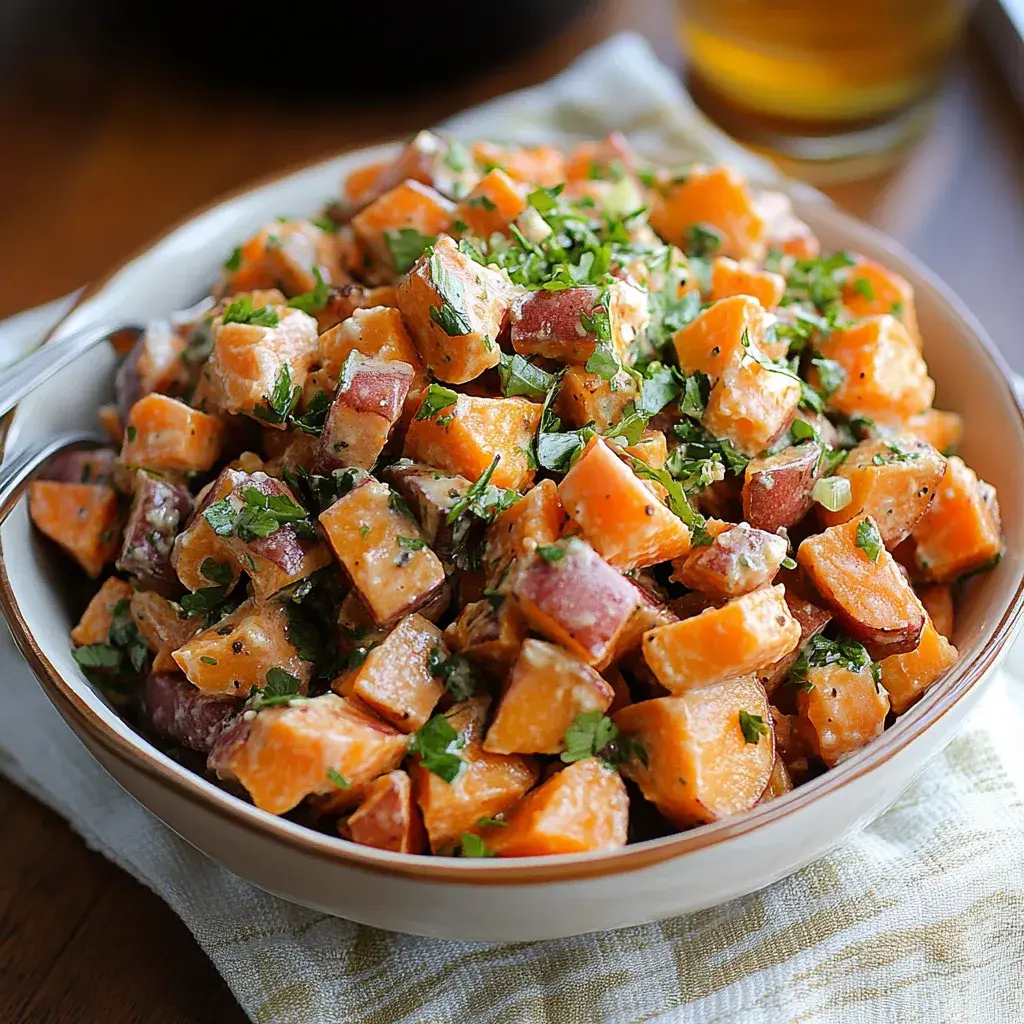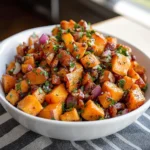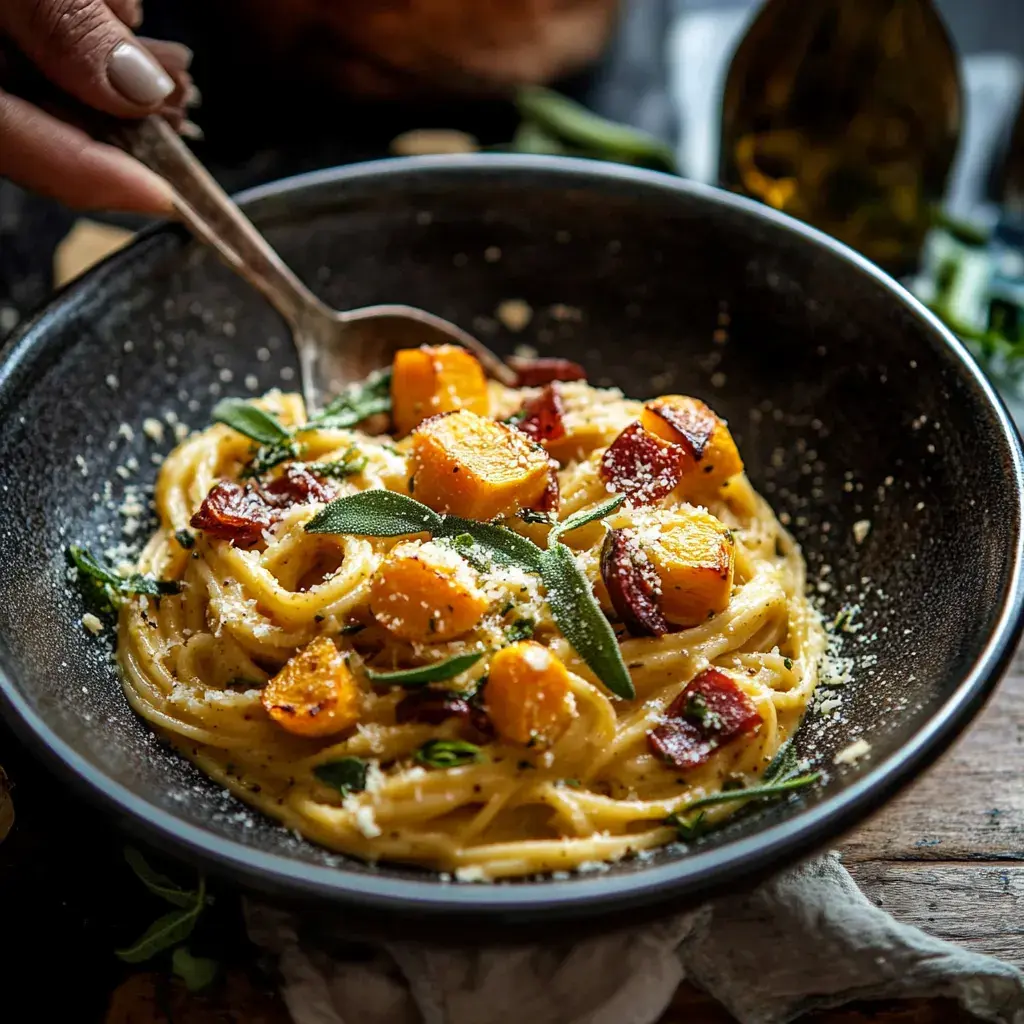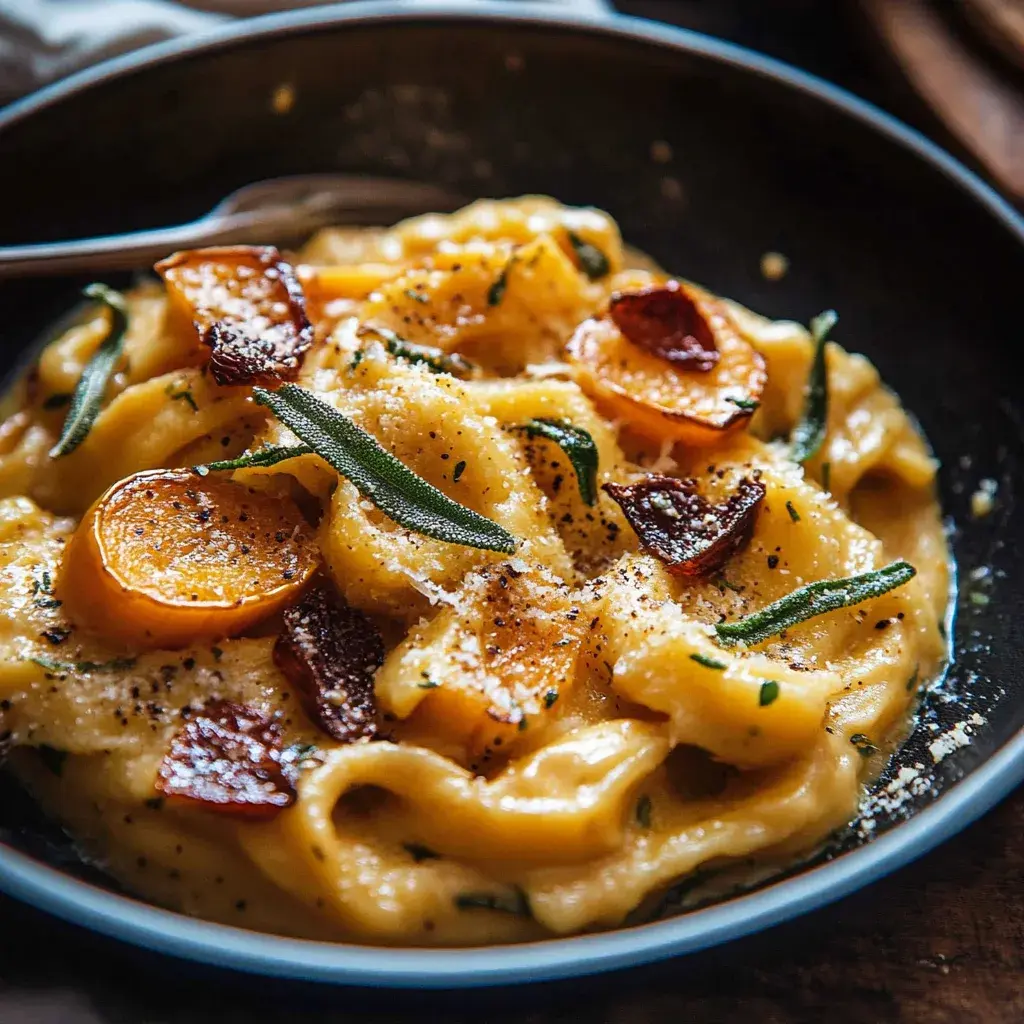“`html
Table of Contents
Raspberry Lime Fizz Drink: The Only Recipe You’ll Ever Need
On scorching summer days, when the heat feels relentless and you’re craving a burst of refreshment, the Raspberry Lime Fizz Drink steps in as your ultimate savior. This vibrant, bubbly concoction combines fresh raspberries and zesty lime for an effervescent Raspberry Lime Fizz Drink experience that’s both invigorating and simple to whip up at home. Imagine transforming ordinary ingredients into a fizzy masterpiece that quenches your thirst and delights your senses—perfect for backyard barbecues, poolside lounging, or any moment you need a quick, healthy pick-me-up. With its focus on fresh, natural elements, this Raspberry Lime Fizz Drink recipe from cookingwithemy.com stands out as the go-to choice for home cooks seeking effortless elegance.
The Raspberry Lime Fizz Drink tantalizes with a symphony of flavors and textures that dance on your palate. Picture the juicy burst of fresh raspberries, their tart sweetness mingling with the sharp, citrusy zing of freshly squeezed lime juice. Each sip brings a fizzy effervescence from the sparkling water, creating a light, bubbly texture that feels like a gentle cascade of refreshment. The subtle sweetness from simple syrup balances everything, resulting in a drink that’s not just thirst-quenching but also visually stunning with its vivid pink hues and icy coolness. It’s a sensory adventure that leaves you feeling revitalized and eager for another glass.
What makes this Raspberry Lime Fizz Drink recipe from cookingwithemy.com truly exceptional is our commitment to using only the freshest ingredients and time-tested techniques, ensuring it’s the single best resource online for this beloved beverage. Drawing from expert sources like TastyRecipes, we’ve refined every detail to guarantee foolproof results, including our exclusive Chef’s Secret: incorporating a touch of muddled raspberries for an intensified, natural flavor profile that elevates the drink beyond basic mixes. In this post, you’ll discover step-by-step guidance, ingredient insights, and pro tips that will empower you to create this fizzy delight with confidence, impressing family and friends every time.
Why This Raspberry Lime Fizz Drink Recipe is a Game-Changer
The Chef’s Secret for this Raspberry Lime Fizz Drink lies in the meticulous muddling of fresh raspberries, which releases their natural oils and juices to create an effervescent raspberry-lime fusion that sets this recipe apart. This technique doesn’t just add flavor; it infuses the drink with a vibrant, aromatic essence that makes every bubble pop with intensity, turning a simple mixer into a sophisticated refresher. By emphasizing fresh ingredients over store-bought alternatives, we achieve a level of authenticity that’s hard to beat, making your Raspberry Lime Fizz Drink feel like a professional creation at home.
Unbeatable Texture: The science behind the fizz comes from the carbonation in sparkling water, which, when combined with muddled raspberries, creates a light, airy mouthfeel. The natural pectin in raspberries helps stabilize the mixture, preventing separation and ensuring a consistently smooth, bubbly texture that lasts longer than typical fizzy drinks.
Foolproof for a Reason: This recipe has been tested multiple times in real kitchen settings to ensure reliability, with adjustments for common variables like fruit ripeness. Whether you’re a novice or a seasoned home cook, the straightforward steps guarantee success, making your Raspberry Lime Fizz Drink a dependable go-to for effortless entertaining.
Ingredient Spotlight: Quality Makes the Difference
Fresh Raspberries: These ruby-red gems are the heart of the Raspberry Lime Fizz Drink, providing a tart, fruity base that adds both color and natural sweetness. Using ripe, organic raspberries ensures the best flavor and highest nutrient content, including antioxidants that boost your health. If raspberries are out of season, opt for frozen ones, but thaw and drain them first to avoid diluting the drink’s vibrancy.
Freshly Squeezed Lime Juice: The zesty tang from freshly squeezed lime juice brightens the entire Raspberry Lime Fizz Drink, balancing the sweetness and adding a refreshing acidity. Always choose limes that are firm and heavy for maximum juice yield; this prevents bitterness from oxidized store-bought juice. For a substitution, lemon juice works in a pinch, but it will introduce a slightly sharper note, so use about 1 tablespoon less to maintain harmony.
Sparkling Water: This ingredient delivers the signature fizz in the Raspberry Lime Fizz Drink, creating that irresistible effervescence without added calories. Opt for high-quality, unflavored sparkling water to preserve the drink’s pure taste—club soda can substitute, but watch for the salt content, which might alter the balance. The carbonation level is key, so choose a brand with fine bubbles for a smoother texture.
Simple Syrup: Simple syrup acts as the sweetener in the Raspberry Lime Fizz Drink, dissolving easily to evenly coat the other flavors without any graininess. Homemade simple syrup from equal parts sugar and water is ideal for controlling sweetness and avoiding preservatives; store-bought versions are fine, but ensure they’re pure. If you’re watching sugar intake, agave nectar can replace it one-to-one for a lower glycemic option.
Ice Cubes: While seemingly straightforward, ice cubes chill the Raspberry Lime Fizz Drink to perfection, enhancing its refreshing quality and helping maintain the fizz. Use filtered water for clearer, tasteless cubes that won’t dilute the flavors quickly. As a substitution, crushed ice works for a faster chill, but be cautious as it melts quicker, potentially watering down your drink if not consumed promptly.
Step-by-Step Instructions
Step 1: Preparing the Fresh Raspberries
Start by muddling half a cup of fresh raspberries in a glass using a muddler or the back of a spoon. Gently press and twist until the raspberries release their juices and form a pulpy mixture, taking about 1-2 minutes to ensure even extraction without turning them into a puree.
Pro Tip: Use room-temperature raspberries for easier muddling and better flavor release; cold ones can be tougher and less aromatic, diminishing the overall vibrancy of your Raspberry Lime Fizz Drink.
Step 2: Adding the Freshly Squeezed Lime Juice
Once the raspberries are muddled, squeeze in 2 tablespoons of freshly squeezed lime juice directly into the glass. Stir gently to incorporate the juice with the raspberry mixture, allowing the acids to brighten the flavors without overpowering them.
Common Mistake to Avoid: Over-squeezing the limes can introduce bitter oils from the rind—always strain the juice first to remove any pulp or seeds, ensuring a smooth base for your Raspberry Lime Fizz Drink.
Step 3: Incorporating the Simple Syrup
Add 4 tablespoons of simple syrup to the glass and stir thoroughly to combine it with the raspberry and lime mixture. This step ensures the sweetness is evenly distributed, creating a balanced flavor profile.
Pro Tip: Taste the mixture after adding the syrup and adjust based on your preference; starting with less allows you to customize the sweetness, making your Raspberry Lime Fizz Drink perfectly tailored to your taste.
Step 4: Filling with Ice and Topping with Sparkling Water
Fill the glass with ice cubes, then top it off with sparkling water until the glass is full. Gently stir once more to integrate the fizz without causing it to overflow, letting the bubbles enhance the drink’s effervescence.
Common Mistake to Avoid: Adding sparkling water too early can cause it to go flat—always add it last and pour slowly to preserve those precious bubbles in your Raspberry Lime Fizz Drink.
Step 5: Garnishing for Serving
Finish by garnishing with fresh mint leaves or a few extra raspberries on top. This not only adds visual appeal but also a hint of aroma that elevates the drinking experience.
Pro Tip: Lightly slap the mint leaves between your hands before adding them to release their essential oils, amplifying the fresh, herbaceous notes in your Raspberry Lime Fizz Drink for a more immersive flavor.
Serving & Presentation
For the best presentation of your Raspberry Lime Fizz Drink, serve it in a tall, clear glass to showcase its vibrant pink color and fizzy bubbles, making it an eye-catching centerpiece at any gathering. Enhance it with creative garnishes like a skewer of fresh raspberries and lime wedges, or even a sprig of mint for an elegant touch that adds both color and fragrance. To complement the drink, pair it with light appetizers such as fresh fruit skewers or a simple salad, as its refreshing tartness cuts through richer flavors. For summer events, consider serving it alongside grilled seafood or vegetable platters, where the Raspberry Lime Fizz Drink’s effervescence provides a cooling contrast.
Make-Ahead & Storage Solutions
Make-Ahead Strategy: Prepare the muddled raspberry and lime juice mixture up to 3 days in advance by storing it in an airtight container in the refrigerator. Simply mix the raspberries and lime juice together without the simple syrup or sparkling water, as these can be added fresh at serving time to maintain the fizz and prevent dilution.
Storing Leftovers: If you have any leftover Raspberry Lime Fizz Drink, store the base mixture (without sparkling water) in a sealed jar in the fridge for up to 24 hours to keep flavors intact; the sparkling water should be added just before serving. For longer storage, freeze the muddled raspberries in ice cube trays for up to a month, then thaw and use as needed.
The Best Way to Reheat: This drink doesn’t require reheating, but if your mixture has been chilled, let it sit at room temperature for a few minutes before adding sparkling water. To restore its bubbly texture, gently stir rather than shake, ensuring the effervescence returns without losing carbonation.

Frequently Asked Questions (FAQ)
How long does it take to prepare a Raspberry Lime Fizz Drink from scratch?
Preparing a Raspberry Lime Fizz Drink from scratch takes just about 5 minutes, making it an ideal quick recipe for busy days. Unlike baking a chocolate cake, which involves longer times, this drink requires no cooking—just simple mixing and muddling for instant refreshment.
What are some good substitutions for ingredients in Raspberry Lime Fizz Drink?
For the Raspberry Lime Fizz Drink, you can substitute fresh raspberries with strawberries for a different berry twist, or use lemon juice in place of lime for a sharper flavor, though it will alter the taste slightly. If simple syrup isn’t available, honey diluted with water works well, but start with less to avoid overpowering the natural tartness.
What are the best tips for making a refreshing Raspberry Lime Fizz Drink?
To make your Raspberry Lime Fizz Drink extra refreshing, always use the freshest ingredients and muddle the raspberries gently to release their juices without bitterness. Chill your glass beforehand and add sparkling water last to maximize fizziness, ensuring a drink that’s as invigorating as possible.
How should you store and serve a homemade Raspberry Lime Fizz Drink?
Store the base of your homemade Raspberry Lime Fizz Drink in the refrigerator for up to 24 hours, but add sparkling water right before serving to keep it fizzy. Serve it over ice in a chilled glass with garnishes for the best experience, allowing the flavors to shine without dilution.
Can I make this recipe alcoholic?
Absolutely, you can make the Raspberry Lime Fizz Drink alcoholic by adding a splash of vodka, gin, or rum—about 1-2 ounces per serving—to the muddled mixture before topping with sparkling water. This creates a delightful cocktail; just adjust the simple syrup to balance the added spirits.
Is Raspberry Lime Fizz Drink suitable for kids?
Yes, the Raspberry Lime Fizz Drink is perfect for kids as it’s naturally non-alcoholic and packed with fresh fruits, making it a healthy, fun option. You can even make it more appealing by using colorful straws or fun garnishes to encourage them to try it.
What’s the best way to adjust sweetness in Raspberry Lime Fizz Drink?
To adjust sweetness, start with less simple syrup and taste as you go, adding more in small increments. If it’s too sweet, a bit more lime juice can balance it out, ensuring your Raspberry Lime Fizz Drink is customized to your preferences.
Tried This Recipe? Leave a Comment!
Did you make this recipe? I’d love to hear how it turned out! Please leave a comment and a rating below. Your feedback helps other home cooks and supports cookingwithemy!
For more delicious inspiration, follow me on Pinterest!

Raspberry Lime Fizz Drink
Description
A refreshing summer delight that impresses with its vibrant colors and bubbly personality.
Ingredients
- Fresh raspberries
- Freshly squeezed lime juice
- Sparkling water
- Simple syrup
- Ice cubes
Instructions
- Muddle half a cup of fresh raspberries in a glass until juicy.
- Squeeze in 2 tablespoons of freshly squeezed lime juice.
- Add 4 tablespoons of simple syrup and stir to combine.
- Fill the glass with ice cubes and top with sparkling water.
- Garnish with mint leaves or extra raspberries before serving.
Nutrition
- Calories: 120
- Sugar: 20g
- Fat: 0g
- Carbohydrates: 30g
- Protein: 1g
“`
Conclusion
This delightful recipe brings together rich, creamy flavors and comforting textures that make it an ideal choice for a cozy family dinner or special gathering. With its perfect balance of ingredients, it’s sure to become a favorite for its satisfying taste and ease of preparation. For a tasty variation, try swapping the main protein for turkey to lighten it up. If you’re in the mood for more delicious options, explore our Irresistible White Chocolate Raspberry Cake Recipe or the Best Decadent Choco Swiss Roll Delight Recipe for additional sweet treats to complement your meal.

